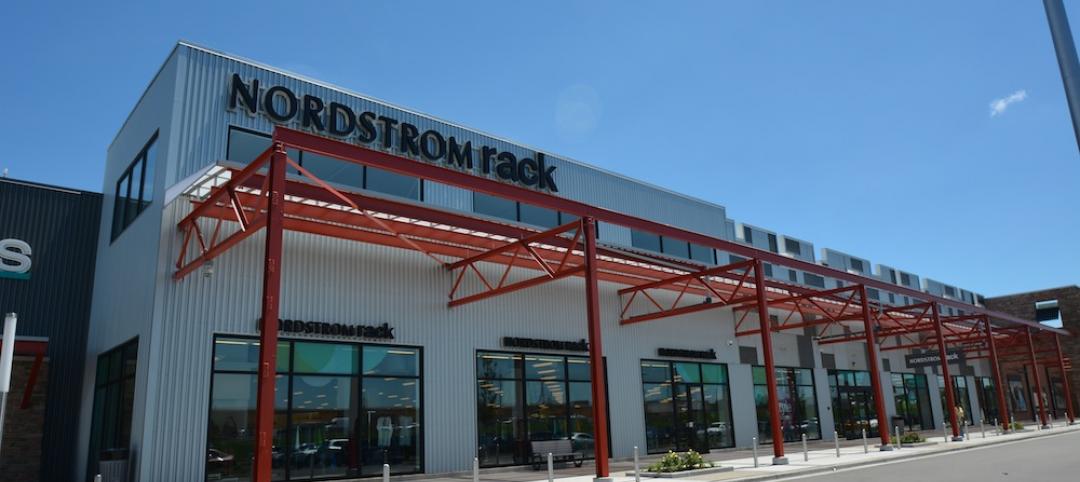The American Institute of Architects (AIA) today announced the publication of a white paper on the nation’s $3 trillion public infrastructure crisis and how public private partnerships (P3) offer a possible solution.
The AIA also announced that it was co-sponsoring with Governing Magazine the May 12 Summit on Infrastructure & Public Private Partnerships, a conference geared for state and local government officials tasked with updating their infrastructure, but who lack the means to do so.
“Building-Up: How States Utilize Public-Private Partnerships for Social & Vertical Infrastructure,” chronicles the public infrastructure crisis facing the United States and how states have found themselves facing sizeable budgetary shortfalls amid a stock of aging highways, public buildings and water distribution systems.
Through case studies, the white paper cites examples of innovative solutions used by the states and localities to combat this crisis while capitalizing on the P3 model for a variety of infrastructure needs. It includes a map highlighting a number of the current non-transportation P3s from around the country.
To help government optimize the value of P3 and its long-term quality implications, the AIA is co-sponsoring with Governing Magazine the May 12 Summit on Infrastructure & Public Private Partnerships (P3), a conference geared for state and local government officials tasked with updating their infrastructure.
A recent study by Governing Magazine found that half of all state and local leaders surveyed believe that a lack of infrastructure investment is their most significant financial problem. The summit will address the needs of local officials contemplating major infrastructure projects and who are trying to decide if a P3 is suitable for their jurisdictions.
Among the topics to be addressed:
- Evaluating, pricing and managing risk
- Defining clear project goals and cost projections
- Insights from industry experts on life-cycle cost considerations and private sector equity
- Case Studies - Public sector leaders who have implemented P3 will share lessons learned and tips for success
While P3 is a financing concept gaining popularity worldwide, it is under-utilized in the U.S., relative to other countries, according to Governing. The single biggest barrier is a lack of public-sector expertise in negotiating what can be complex, long-term agreements that assume risk on behalf of taxpayers. This Summit will share best practices, lessons learned and case studies that will help governments negotiate successful agreements and common pitfalls.
Related Stories
Market Data | Jan 20, 2016
Architecture Billings Index ends year on positive note
While volatility persists, architecture firms reported healthy performance for 2015.
Industry Research | Dec 23, 2015
Meet the world’s next great construction superpower
There’s a new world construction hotbed coming down the pike (more specifically, the Mumbai Nashik Expressway), and it could mean a major boon for AEC firms.
Industry Research | Dec 21, 2015
Experts predict commercial real estate trends for 2016
Midwest Experts Predict Commercial Real Estate Trends for 2016, according to real estate communications firm TaylorJohnson.
Industry Research | Dec 17, 2015
The 2016 commercial construction market: A contractor’s view
The CFO of Tocci Building Companies forecasts the outlook for commercial and institutional construction in 2016.
Office Buildings | Dec 9, 2015
HOK collaborates with IFMA on new workplace strategy research report
Report cites work-life balance as the top reason for implementing “distributed work” strategies.
Industry Research | Dec 8, 2015
AEC leaders say the 'talent wars' are heating up: BD+C exclusive survey
A new survey from Building Design+Construction shows that U.S. architecture, engineering, and construction firms are being stymied by the shortage of experienced design and construction professionals and project managers.
Market Data | Dec 7, 2015
2016 forecast: Continued growth expected for the construction industry
ABC forecasts growth in nonresidential construction spending of 7.4% in 2016 along with growth in employment and backlog.













